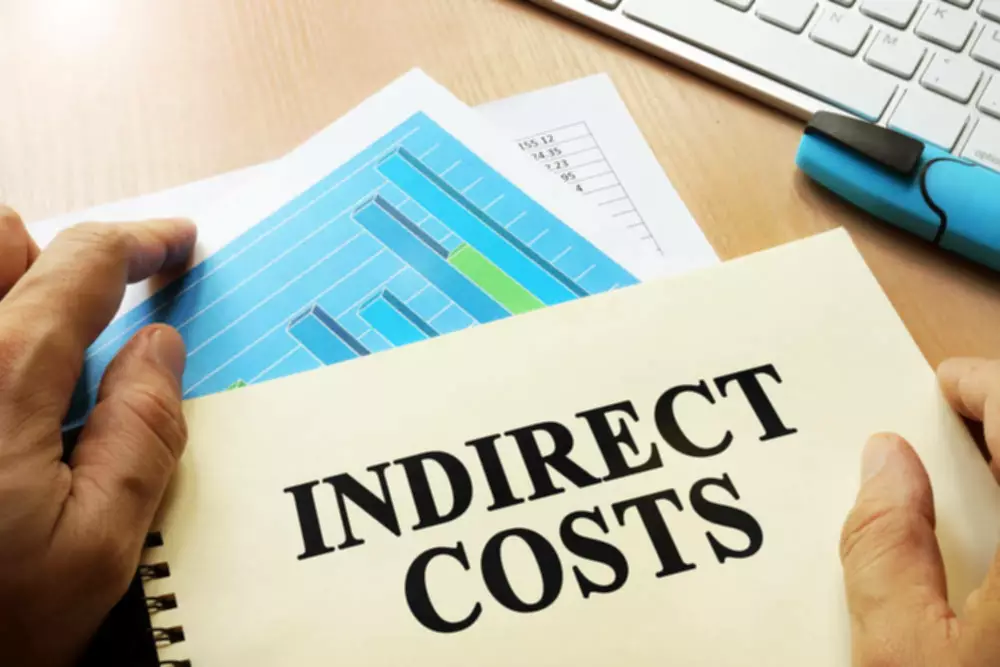Content

Management often has discretion how many of these costs are reported on the income statement in respects to how to group these types of costs. To calculate your company’s SG&A expenses, separate your selling expenses and G&A expenses. That way, you know how much money you’re spending in selling expenses and how much in general and administrative expenses.
- The same might happen when sales drop for a long stretch of time.
- Understanding and controlling SG&A can help companies manage their overhead, reduce costs and sustain profitability.
- Typical G&A expenses include rent, utilities, insurance payments, and wages and salaries for administrative and management staff other than salespeople.
- One of the ways to do this is by examining the ratio of your SG&A expenses and sales revenue.
- SG&A expense represents a company’s non-production costs in selling goods and running daily operations.
- There are costs deducted from the gross margin that are separate from SG&A.
Microsoft annual/quarterly sg&a expenses history and growth rate from 2010 to 2022. Sg&a expenses can be defined as the sum of all selling, general and administrative expenses.Microsoft sg&a expenses for the quarter ending June 30, 2022 were $8.053B, a 9.13% increase year-over-year. Alphabet annual/quarterly sg&a expenses history and growth rate from 2010 to 2022. Sg&a expenses can be defined as the sum of all selling, general and administrative expenses.Alphabet sg&a expenses for the quarter ending June 30, 2022 were $10.287B, a 19.38% increase year-over-year. Profits can be inflated and losses understated using broadbrush SG&A accounting methods. While a variety of distortions are possible, there are, as we shall see, several ways of correcting for them. SG&A expense is listed below gross profit, followed by other expenses that do not fall under SG&A or COGS, such as financial expenses which do not directly relate to central operations.
What Is SG&A in Accounting?
This line item includes nearly all business costs not directly attributable to making a product or performing a service. SG&A includes the costs of managing the company and the expenses of delivering its products or services. sg&as include all of the day-to-day operating costs of running a company that aren’t directly related to producing a product or service (i.e., non-production costs). A business’s SG&A is the sum of all direct and indirect selling expenses and all general and administrative (G&A) costs.
- To get a more accurate measure of each line’s profit-and-loss performance, a specialist from marketing and another from manufacturing services developed a more precise SG&A allocation formula.
- These are often paid to external parties for administrative purposes.
- Overhead ExpensesOverhead cost are those cost that is not related directly on the production activity and are therefore considered as indirect costs that have to be paid even if there is no production.
- Firms must often reduce SG&A costs through cost-cutting moves, such as employee layoffs, when they grow too large without a rise in sales.
- It therefore has higher selling costs on its income sheet, but it also has higher sales.
- We will now see some live examples of companies selling General & Administrative expenses.
Are you being as efficient with your electricity and heating costs as you could be? Think you could renegotiate your company’s internet and phone bill? Look through each of your business’ monthly expenses and make sure you aren’t overpaying for them.
Resources for Your Growing Business
Learn what you can do to maximize your profits by minimizing your taxes. Form your business with LegalZoom to access LegalZoom Tax services. FREE INVESTMENT BANKING COURSELearn the foundation of Investment banking, financial modeling, valuations and more.

